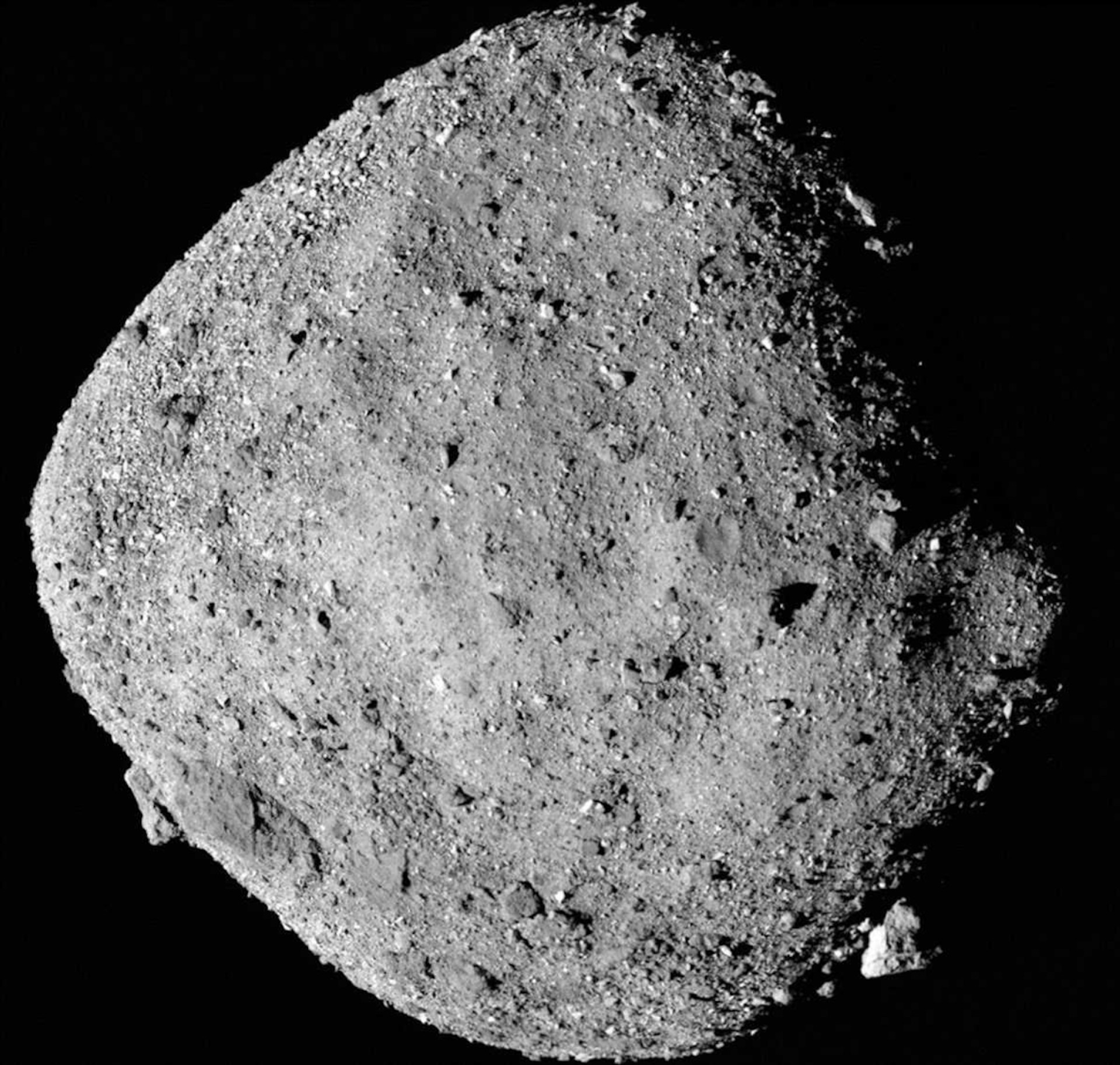
New findings reveal that a NASA mission traveled to an asteroid that may have once been covered in salty lakes containing organic molecules.
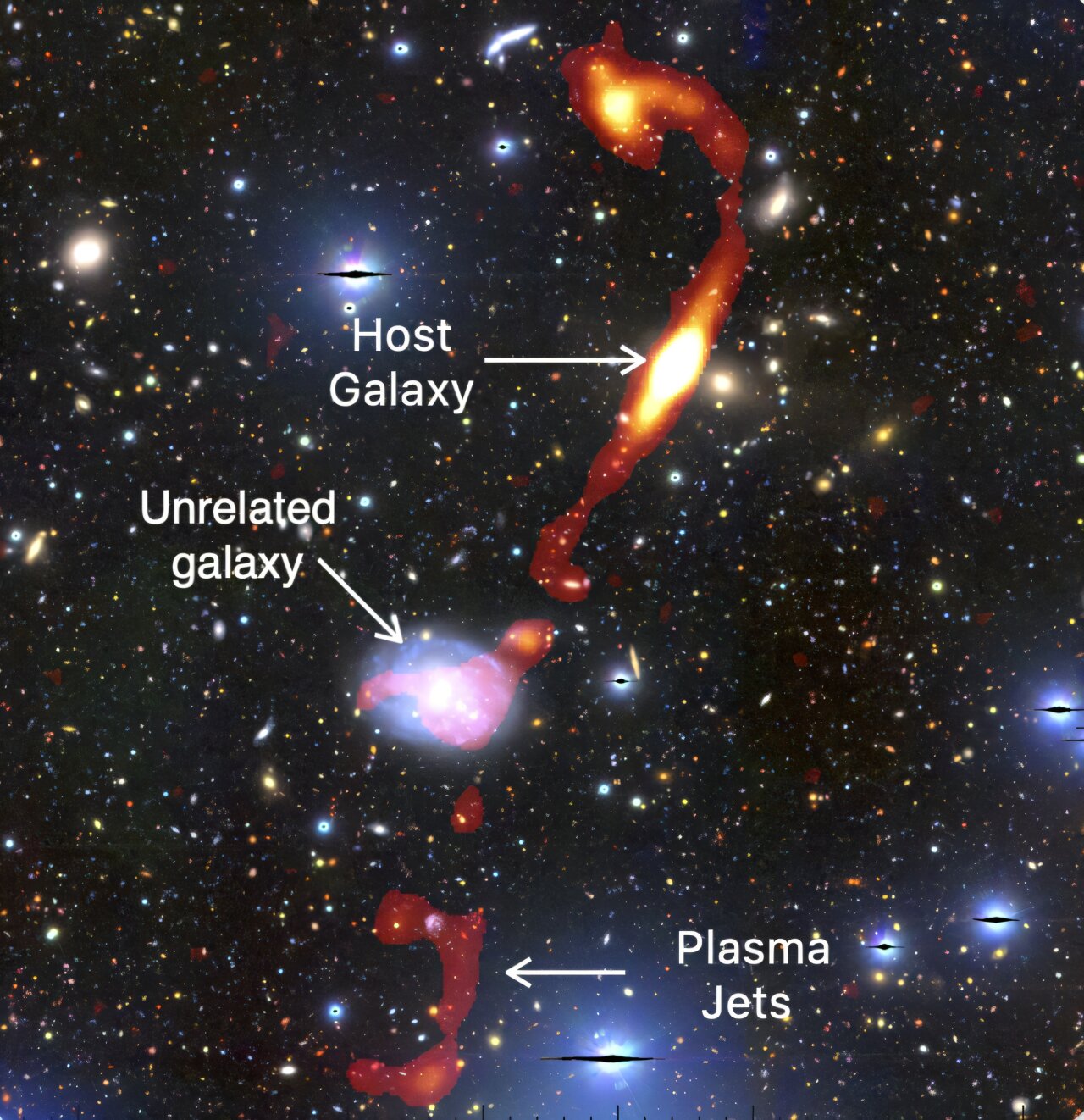
Astronomers have discovered an extraordinary new giant radio galaxy with plasma jets 32 times the size of our Milky Way.
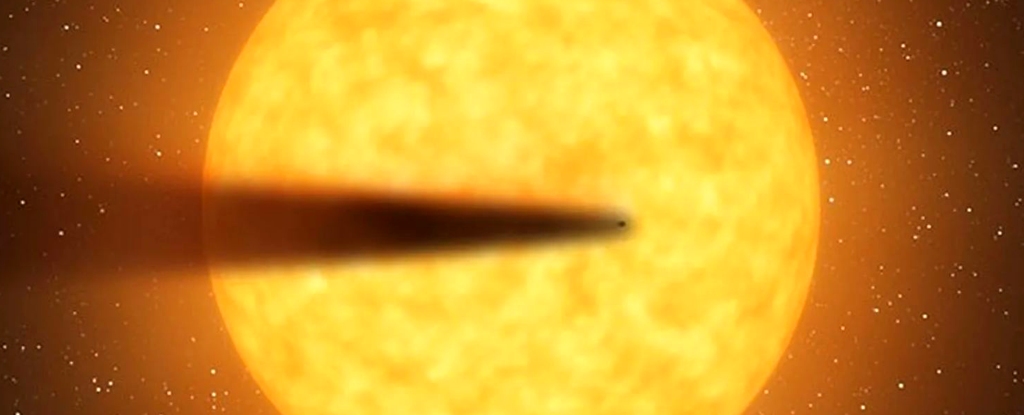
Astronomers have found two planets around two separate stars that are succumbing to their stars' intense heat. Both are disintegrating before our telescopic eyes, leaving trails of debris similar to a comet's.
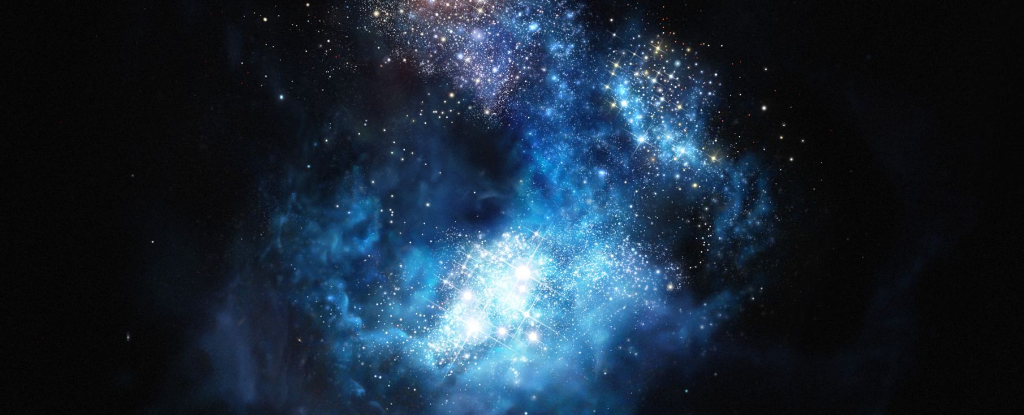
A new study argues that Pop III stars flooded the cosmos with water. Based on this, by 100 to 200 million years after the Big Bang, there could have been enough water and other elements in molecular clouds for life to form.

Fast radio bursts (FRBs) are puzzling phenomena because their details are so difficult to resolve. Astronomers added another piece to the puzzle with the detection of an FRB that seems to originate in a dead galaxy.
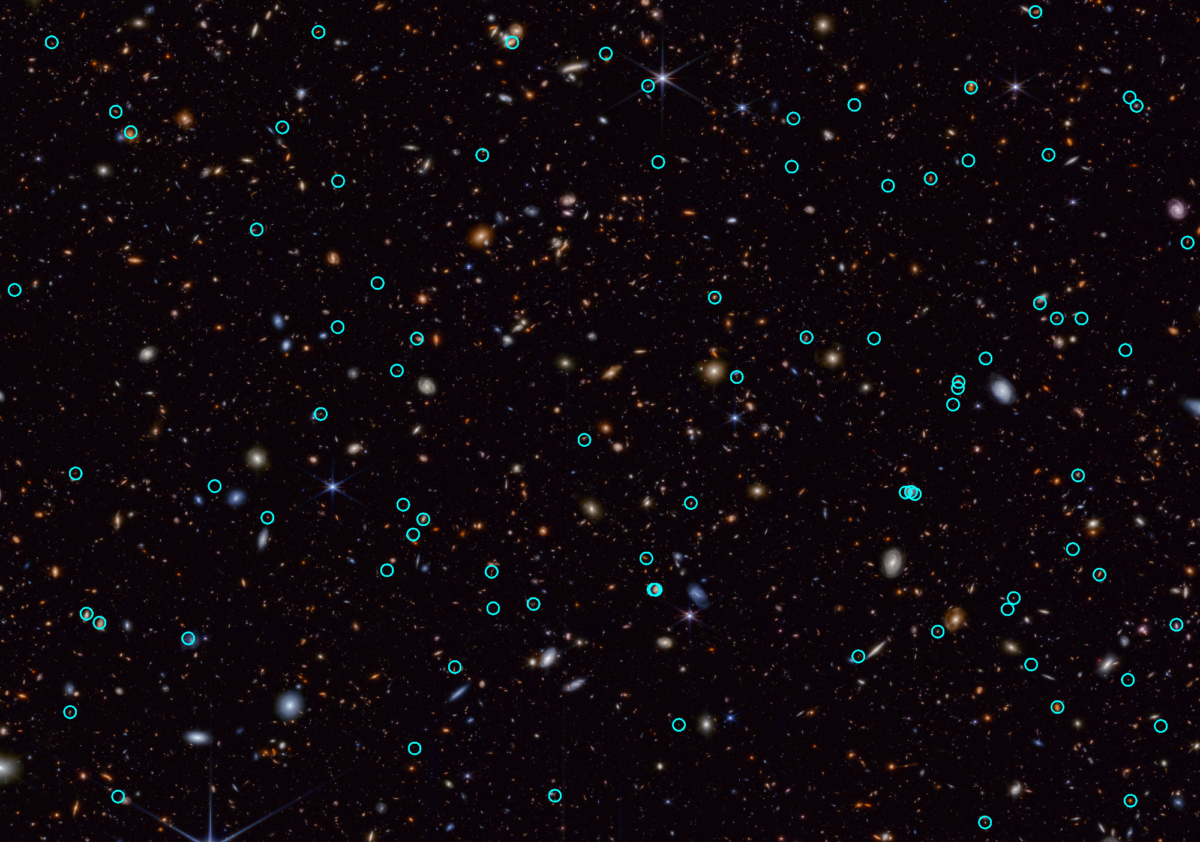
JWST revealed a massive star that ended its life in an explosion when the universe was just a cosmic toddler.

The low levels of gravity (microgravity) in space cause significant changes in astronauts' eyes and vision after six to 12 months aboard the International Space Station (ISS).

New data from James Webb Space Telescope and simulation models have confirmed a new type of planet unlike anything found in the Solar System.

The space debris problem won't solve itself. We've been kicking the can down the road for years as we continue launching more rockets and payloads into space.

Winds circling a gas giant more than 500 light years from Earth have been detected flowing at supersonic speeds approaching 33,000 kilometers per hour, making them the fastest air currents on any known planet by a wide margin.

A new measurement confirms what previous - and highly debated - results had shown: The universe is expanding faster than predicted by theoretical models, and faster than can be explained by our current understanding of physics.

We know that lakes existed on Mars’ surface billions of years ago. But scientists have debated whether the lakes were open to the air or covered by a layer of ice.

As far as supermassive black holes go, the one at the center of the Milky Way is relatively sedate. But on 6 April 2024, the black hole let out a flare observed in mid-infrared wavelengths, followed by a radio flare counterpart.

The southern highlands of Mars (which cover about two-thirds of the planet’s surface) rise as much as five or six kilometres higher than the northern lowlands. Nowhere else in the Solar System do we see such a large, sharp contrast at this scale.

The European Space Agency's Milky Way-mapper Gaia has completed the sky-scanning phase of its mission, racking up more than three trillion observations of about two billion stars and other objects over the last decade.